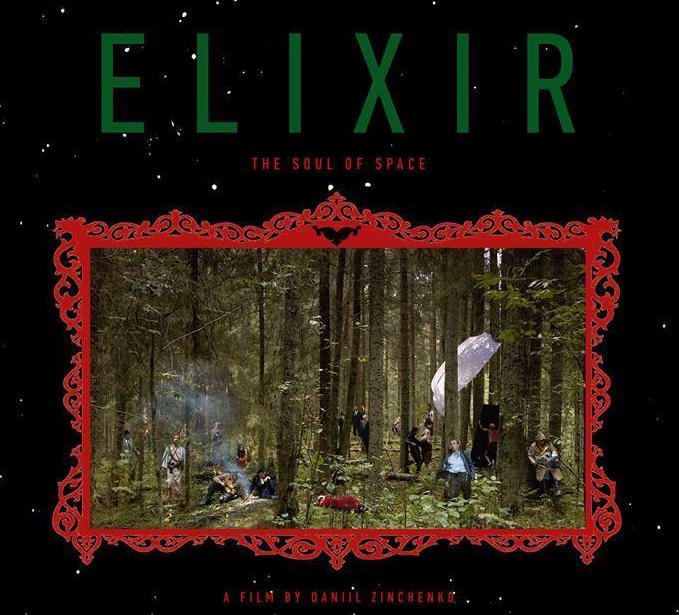 A report from the dangerous, exploding frontlines of cinema, Berlinale 2016.
A report from the dangerous, exploding frontlines of cinema, Berlinale 2016.Where your correspondent prefers his quiet strolls in the celluloid post-apocalyptic aftermath. Rather than facing the migration trenches, the climate cannons, the gender guns, the unspeakable wounds of growing up or growing old or growing apart or growing upside down sideways in a European quagmire of identity anxiety.
This year was a Very Serious Important Issues Berlinale. It is very important, that we are very serious about important serious issues. Absolutely approved. Trouble ahoy, thar she blows. Man the harpoons. Who is not a cannibal? Call me, maybe, Ishmael, I’m busy being seriouser and seriouser.
 I would never use the word “boring”, as my reaction to all this important seriousness, oh goodness gracious me, no, heavens. It is the most political correct of times and I am the most polite of persons. Lets frown in sync. Did I feel like an impatient, irresponsible, sulky teenager for most of the festival? Absolutely not! Though, does it hurt to be an escapist? Aaaaall the time. All the time. The time.
I would never use the word “boring”, as my reaction to all this important seriousness, oh goodness gracious me, no, heavens. It is the most political correct of times and I am the most polite of persons. Lets frown in sync. Did I feel like an impatient, irresponsible, sulky teenager for most of the festival? Absolutely not! Though, does it hurt to be an escapist? Aaaaall the time. All the time. The time.But, as your trusted professional escapist, it is my task, no matter the cost, to investigate the fallout, the aftermath, the aesthetics of end credits of Very Serious Important Issues. And I fail you not. My harpoon hooked the following:
Homo Sapiens
The images of Homo Sapiens could be taken from a science fiction film set on planet Earth after it’s become uninhabitable. An endless sequence of clever cinemagrams of abandoned buildings, most of them you probably already know from post-apo Tumblrs or your urbex friend on Facebook. I could watch this for HOURS. I did.
What makes this work in a cinema format is the astonishing cinematography and sound design. It’s like standing there, in the empty space, and being both bewildered and also absolutely not. It just makes empty sense.
Elixir
 I have no idea how to summarize Elixir. The film is deliciously surreal, uncannily symbolist, like a mix of Tarkovsky, Borges and Thoreaux. There is a yelling postman, a neurotic scientist, a crash-landed astronaut, a hapless messenger, a video-game villain. They are all after the black blood of Jesus clones. It all happens in mushy parts of the Russian taiga. The camera placement is consistently creepily remarkable.
I have no idea how to summarize Elixir. The film is deliciously surreal, uncannily symbolist, like a mix of Tarkovsky, Borges and Thoreaux. There is a yelling postman, a neurotic scientist, a crash-landed astronaut, a hapless messenger, a video-game villain. They are all after the black blood of Jesus clones. It all happens in mushy parts of the Russian taiga. The camera placement is consistently creepily remarkable.Or maybe the blurb makes more sense: This film could be set yesterday, today or tomorrow; its characters seem to be outside of time. They are archetypes of Russian mythology and stories that embody their homeland’s various extremes. A forest in the marshes offers them sanctuary.
Some things you simply just get, but there is no way to explain it to others. Wait, that is everything.
In The Future They Ate From The Finest Porcelain
In In The Future They Ate From The Finest Porcelain, a resistance group in the future fakes historic deposits of porcelain – to rewrite archaelogy and thereby history. They do this with Hieronymous Bosch 2.0 visual STYLE.
The narrative is higly political but also wonderfully surreal, and is supported by fantastic visuals. Or the fantastic visuals are supported by Very Serious Political Issues. Every scene and image lingers, feels like those paintings in galleries where you turn a corner and a painting just grabs up and you stop up and just “ooohhh…” and next thing you know is the harsh “KRKKR BZZZZ WE ARE CLOSING IN 15 MINUTES” and a chubby guard pokes you out of it.
A queer observation at the end. None of these films had anything resembling a traditional score! Huh.



